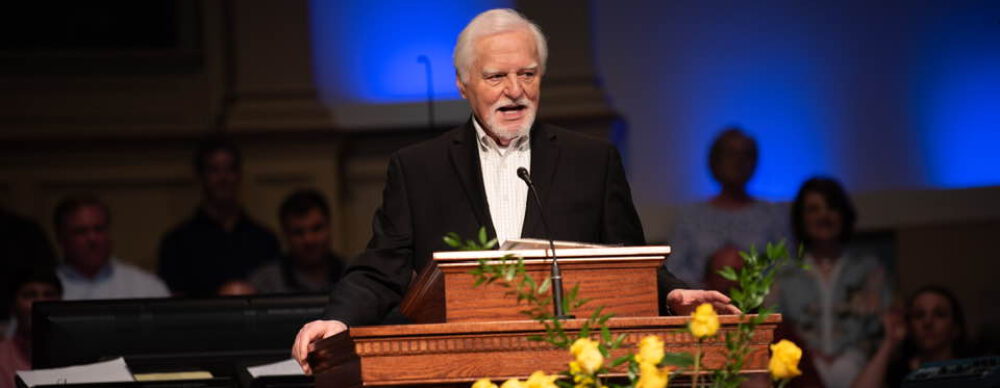I confess. I am a bookaholic, a bibliophile. New books, old books, it doesn’t matter. Turn me loose in a convention hall where the public library is selling off their excess and I’m in heaven for two hours.
In Cincinnati, I discovered a used bookstore that filled several floors of an ancient downtown building. I could have moved in.
I know where the best used bookstore is in Jackson, Mississippi, and in Birmingham, Alabama, and never pass either city without a brief stop-in.
But there is reason to this madness. And it’s far more than a nostalgia kick. (There is that too, but it’s not the major thing.)
Take the 1943 book I finished today. Purchased for 5 bucks somewhere–I forget where–“They Call It Pacific” is an eyewitness account of the opening days and months of the Second World War by Associated Press reporter Clark Lee.
Reading the book was a delight simply because it was not history. Lee was there, he saw it, he told of the conversations, described the people, and let us feel what he felt.
And like a preacher ought, I received several good sermon illustrations from the book. But more than that, these are “life” illustrations, not just grist for the sermon-making mill.
But first, a little background….
In the late 1930’s and early 1940’s Lee worked out of Japan. He saw the build-up to war first-hand and was friends with a number of government officials and military officers who later became our hated enemies. He escaped the country in November, 1941, just ahead of Pearl Harbor and full-scale war.
Clark Lee was in the Phillipines when MacArthur was forced to flee and the Japanese captured the country. Along with other leaders, he relocated to the island of Corregidor and went back and forth to Bataan to interview American soldiers who were fighting alongwith the Filipinos. Then, as those last bastions fell, he hopped a boat to Australia. He arrived back in Hawaii six months after Pearl Harbor and described the recovery going on. Then, he was assigned to an aircraft carrier that took part in the fight for Guadalcanal.
The book ends after the first full year of American involvement in WW II. I found it fascinating on several levels, some of them because of illustrations the book provides.
